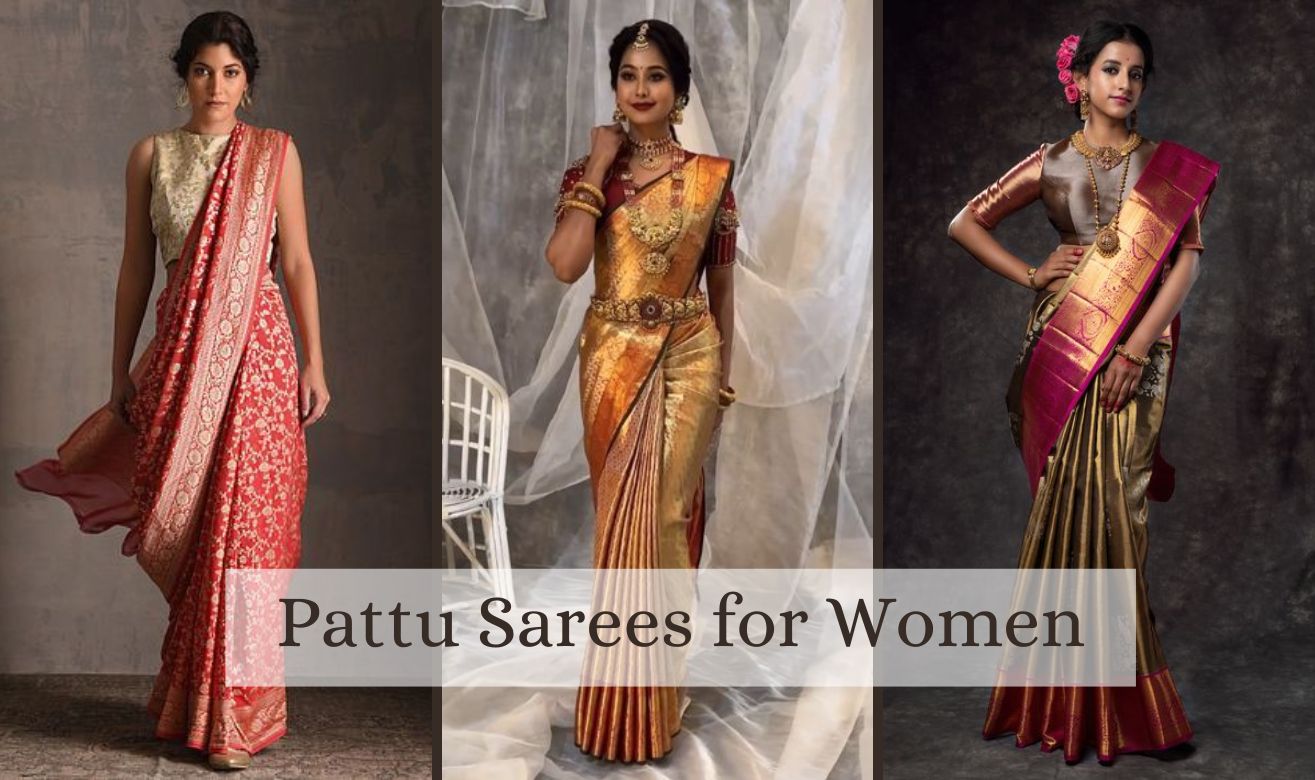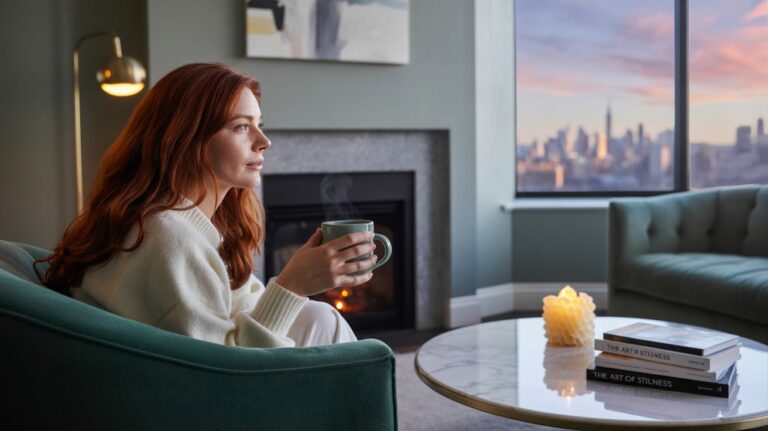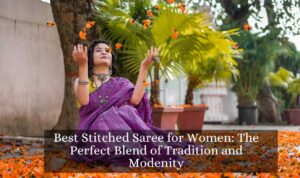Best 5 Pattu Sarees for Women | Traditional Elegance and Timeless Charm : A Detailed Guide
Pattu sarees for women have long been celebrated for their elegance, intricate craftsmanship, and rich cultural significance. These sarees are woven from the finest silk, making them the ultimate symbol of luxury and grace. Renowned for their rich history, beauty, and association with important ceremonies and celebrations, pattu sarees have an iconic place in South Indian culture and beyond.
Throughout this guide, we will explore various aspects of pattu sarees, from their origins and weaving techniques to the different types available and how to wear and care for them. This comprehensive exploration will ensure that whether you’re purchasing your first pattu saree or building an extensive collection, you are fully informed.
1. What Makes Pattu Sarees for Women So Special?
Pattu sarees for women are not just garments; they are woven expressions of tradition and beauty. Known for their lustrous texture, these sarees are made from high-quality silk, a material that has been prized for centuries. The silk is known for its sheen, smoothness, and strength. The use of zari threads, usually gold or silver, further enhances the elegance of pattu sarees. The borders, pallu, and designs are often intricately woven by skilled artisans, with each pattern and motif representing elements of nature, culture, and religious symbolism.
The versatility of pattu sarees makes them a preferred choice for women across India. Whether for a wedding, festival, or religious ceremony, these sarees symbolize grace and elegance. The quality of the silk, coupled with the centuries-old art of weaving, makes pattu sarees an investment that transcends time.
2. History and Origins of Pattu Sarees
The history of pattu sarees for women is rooted in South India, where the practice of weaving fine silk fabric dates back thousands of years. The word “pattu” means silk in Tamil, which is reflective of the fabric’s primary material. Initially, pattu sarees were a symbol of luxury and wealth, often worn by royalty and aristocracy during important ceremonies.
The art of weaving silk sarees flourished in places like Kanchipuram, Tamil Nadu, which is widely regarded as the birthplace of the iconic Kanjeevaram pattu saree. The region became famous for its weaving techniques, which involved combining silk threads with gold and silver zari. These sarees were often presented as gifts to royalty and were woven with intricate designs that symbolized divine figures, flowers, and geometric patterns.
Through the centuries, the art of weaving pattu sarees spread across India, with different regions adopting their own distinctive weaving styles. Despite these regional variations, the core tradition of using silk and zari threads has remained the same, making pattu sarees a quintessential part of Indian textile heritage.
3. What Are the Different Types of Pattu Sarees?
There are several types of pattu sarees, each unique in design, color, and technique. Understanding these varieties helps in choosing the right one for a specific occasion. Below are the most popular types of pattu sarees for women:
1. Kanjeevaram Pattu Sarees
Kanjeevaram pattu sarees, originating from the town of Kanchipuram in Tamil Nadu, are arguably the most iconic of all pattu sarees. Known for their rich gold and silk patterns, these sarees are traditionally woven with intricate designs featuring peacocks, temples, and flowers. The Kanjeevaram pattu saree is a symbol of grandeur and is often worn at weddings and other important occasions.
2. Banarasi Pattu Sarees
Banarasi sarees, known for their intricate gold and silver brocade work, have made their mark across India. Though originally from Varanasi (Banaras), these sarees have been adapted using silk from South India, combining traditional Banarasi motifs with the soft luster of silk. These sarees are known for their ornate designs and rich texture, making them ideal for weddings and celebrations.
3. Tussar Pattu Sarees
Tussar pattu sarees are made from Tussar silk, known for its earthy and raw texture. Unlike the smoothness of mulberry silk used in other pattu sarees, Tussar silk has a natural, rustic feel and is typically woven in softer, muted tones. These sarees are great for day-time events or informal gatherings, offering a more relaxed, yet elegant, look.
4. Patola Pattu Sarees
Patola sarees, originating from Gujarat, are known for their unique double-ikat weaving technique. This process ensures that both the warp and weft threads are dyed before weaving, creating symmetrical, intricate patterns. The vibrant colors and bold designs make Patola pattu sarees for women a favorite for festive occasions.
5. Sikh Pattu Sarees
Sikh pattu sarees are known for their bright and bold designs, which typically feature intricate zari work of gold and silver. These sarees are traditionally worn by women in Punjab and are a popular choice for religious ceremonies, weddings, and family celebrations.
4. How Are Pattu Sarees for Women Woven?
The process of weaving pattu sarees for women involves several intricate steps, which require a high level of craftsmanship and expertise. Here’s a step-by-step look at how these luxurious sarees are created:
- Silk Selection: High-quality silk fibers, often mulberry silk, are chosen for weaving. The fibers are dyed in the desired color, which is often a rich, vibrant hue.
- Zari Thread Preparation: Gold or silver zari threads are prepared for use in creating the intricate designs and borders. These threads are carefully wound and treated before being woven into the silk.
- Weaving Process: Pattu sarees are typically woven on traditional handlooms, with the artisan carefully selecting the silk and zari threads for the pallu and borders. The weaving technique requires precision, and the process may take weeks to complete, depending on the complexity of the design.
- Designing and Detailing: Once the basic structure of the saree is woven, the artisan adds details like motifs, floral patterns, and other symbolic designs to the fabric. This step is what gives pattu sarees their luxurious appearance.
- Finishing Touches: Finally, the saree undergoes a finishing process where it is steamed, pressed, and inspected for any imperfections before being ready for sale.
5. How to Style Pattu Sarees for Women?
Pattu sarees are versatile and can be styled in many ways to reflect personal style and complement the occasion. Here are some tips for styling pattu sarees:
1. Pair with Traditional Jewelry
Pattu sarees exude opulence, so pairing them with traditional jewelry such as temple jewelry, gold bangles, and intricate necklaces will enhance their regal appearance. Gold jewelry is especially suitable for weddings and religious occasions.
2. Experiment with Draping Styles
The most popular draping style for pattu sarees is the Nivi style, which is simple yet elegant. However, you can experiment with other draping styles like the Gujarati or Maharashtrian styles for a more unique and creative look.
3. Add Modern Accessories
While pattu sarees are traditionally worn with classic accessories, you can add a contemporary touch by accessorizing with modern items. A trendy clutch, sleek belt, or stylish heels can give the saree a more fashion-forward look.
4. Layer with Dupattas or Shawls
For a more elaborate look, you can layer your pattu saree with a matching dupatta or shawl. This can provide extra warmth and style, especially if you are attending an evening event or wedding.
6. Best Occasions to Wear Pattu Sarees for Women
Pattu sarees are considered one of the most luxurious garments in Indian fashion and are ideal for numerous special occasions. Some of the best times to wear a pattu saree include:
- Weddings: Pattu sarees are a top choice for brides and guests at weddings. The rich colors, intricate designs, and heavy zari work make these sarees perfect for such grand occasions.
- Festivals: Indian festivals like Diwali, Pongal, and Onam are great occasions to wear a pattu saree. The festive colors and luxurious fabric symbolize prosperity and joy.
- Religious Ceremonies: Pattu sarees are frequently worn for pujas, temple visits, and other religious ceremonies, reflecting devotion and respect.
- Family Gatherings: Whether it’s a milestone birthday, anniversary, or another significant event, a pattu saree adds grace and elegance to any family gathering.
7. How to Care for Pattu Sarees?
Taking care of your pattu saree is crucial to maintaining its beauty and longevity. Here are some care tips for your pattu saree:
- Dry Clean Only: Always dry clean your pattu saree. Avoid washing it at home, as this can damage the silk fabric and the zari work.
- Avoid Sun Exposure: Silk can lose its luster if exposed to direct sunlight for prolonged periods. Store your saree in a cool, dry place.
- Proper Storage: Store your pattu saree in a cotton bag or cloth pouch to prevent dust, moisture, and insect damage.
- Handle with Care: While wearing or handling your pattu saree, avoid pulling on the fabric too tightly or subjecting it to excessive stress, as it can damage the delicate silk.
8. Are Pattu Sarees for Women Affordable?
While pattu sarees are considered luxury items due to the high quality of silk and intricate workmanship, the price can vary based on several factors:
- Silk Quality: Pattu sarees made from the finest mulberry silk tend to be more expensive than those made from other varieties.
- Zari Work: The amount of gold or silver zari used in a saree will significantly impact its price. Heavily embroidered sarees with intricate zari work are typically more expensive.
- Brand and Designer: Sarees made by famous designers or renowned weaving centers may command a premium price.
- Complexity of Design: Pattu sarees with elaborate patterns and designs usually come at a higher price point.
9. How to Choose the Right Pattu Saree for Women?
Choosing the right pattu saree for women requires careful consideration of several factors:
- Occasion: Consider the occasion for which you’re purchasing the saree. For weddings, opt for heavier, ornate designs, while simpler pattu sarees work well for daytime events.
- Body Type: Choose colors and designs that complement your body type. Darker colors can create a slimming effect, while lighter shades give a soft, graceful appearance.
- Personal Style: Select designs that match your style preferences. Whether you like traditional motifs or modern, minimalist patterns, there’s a pattu saree for everyone.
Conclusion
Pattu sarees for women are not just an article of clothing; they represent a legacy of craftsmanship, culture, and tradition. The intricate designs, luxurious silk fabric, and rich history make them a must-have in every woman’s wardrobe. Whether you wear them for weddings, festivals, or religious ceremonies, pattu sarees elevate your elegance and grace, making you feel like royalty.
Investing in a pattu saree is an investment in tradition and timeless beauty. These sarees are not just for special occasions—they are meant to be cherished and passed down through generations.
Stunning Pattu Sarees for Women – Flat Discounts & Free Shipping! Shop Now and Elevate Your Ethnic Style Today!
FAQs
- What is the difference between Kanjeevaram and Banarasi pattu sarees?
Kanjeevaram sarees are traditionally made in Kanchipuram and feature heavy silk with elaborate gold and silver zari borders. Banarasi sarees, originating from Varanasi, are also luxurious but tend to have more intricate brocade designs with floral patterns. - How long does it take to weave a pattu saree?
Depending on the complexity of the design and the weaving technique, it can take anywhere from several days to a few weeks to weave a single pattu saree. - Can I wear a pattu saree for daily wear?
While pattu sarees are often worn on special occasions, lighter variants of pattu sarees, such as Tussar pattu, can be worn for more casual or day-to-day events. - Are pattu sarees suitable for all body types?
Yes, pattu sarees come in a wide range of designs and fabrics, allowing you to choose the perfect one that complements your body type and personal style. - How do I maintain the luster of my pattu saree?
To maintain the silk’s luster, avoid exposing it to direct sunlight for long periods and always store it in a cool, dry place away from moisture. - Can I wear a pattu saree for outdoor events?
Pattu sarees are best suited for indoor and formal events, but with the right styling, they can certainly make an elegant statement at outdoor events as well.
Popular Searches:
-
- 21 Simple Blouse Designs for Pattu Sarees | Must-Try Styles for Every Occasion
- Who is the Best Dressed Female Bollywood Celebrity?
- Top 5 Reasons to Buy Stylish Co-ord Sets Online in India
- Best Designer Organza Saree for Women in 2025 | A Timeless Fashion
- 10 Reasons to Buy Ready-Made Saree for Women Online at the Best Price













